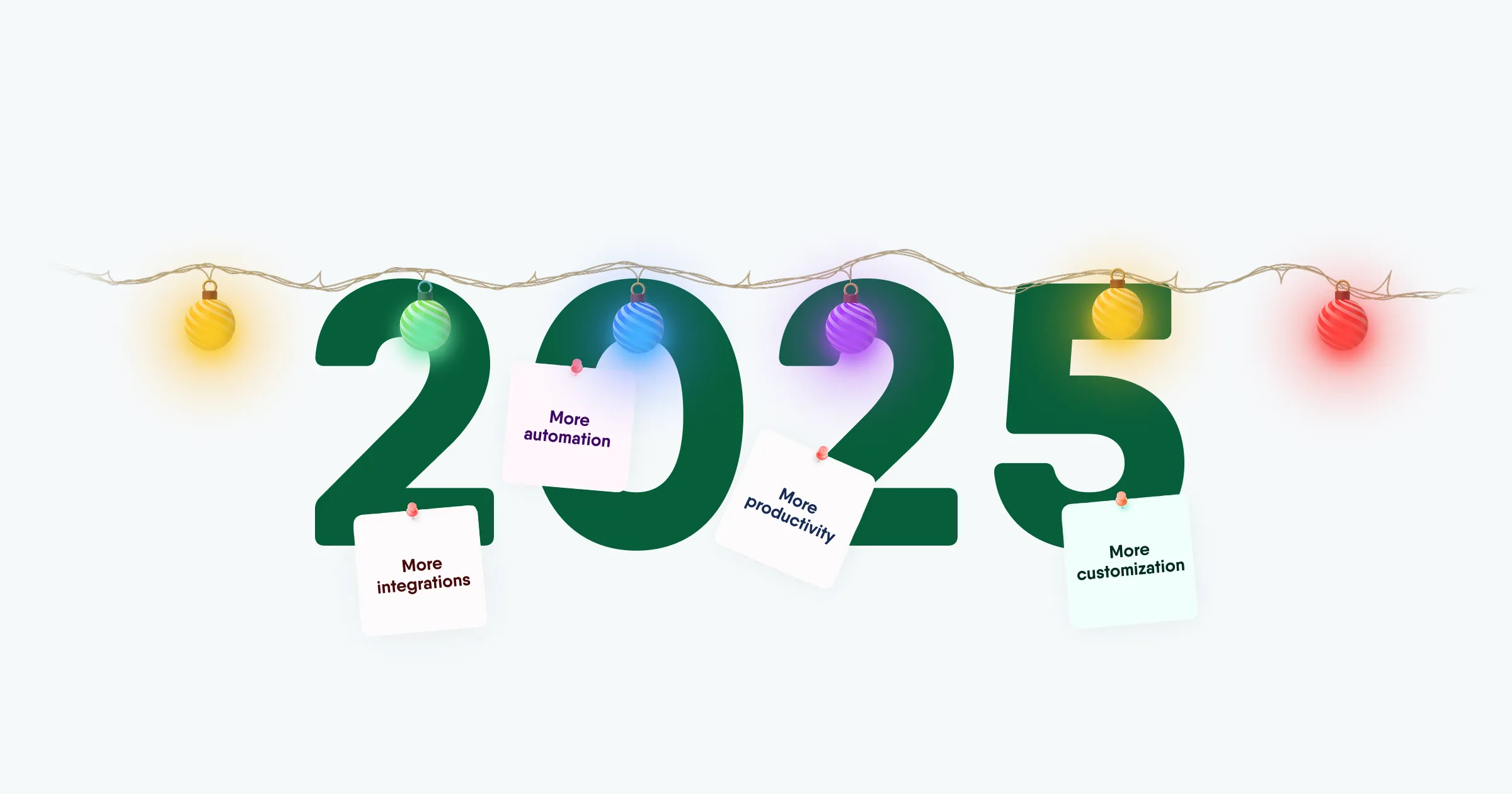Disciplinary actions
What is disciplinary actions?
What is workplace discipline?
Workplace discipline is a set of rules, standards, and practices that govern the actions of both employees and management. It includes adherence to established standards, such as working hours, occupational health and safety (OHS) regulations, and ethical conduct aligned with company policies. Discipline fosters productivity, reduces operational risks, and builds an organizational culture based on trust and accountability.
Discipline plays a critical role in achieving a company's strategic goals by ensuring order and safety. However, it is not about dominating employees or punishing minor infractions. Instead, its purpose is to encourage positive behaviors and support employees' growth and learning through constructive and actionable feedback.
Workplace discipline is primarily governed by national and local laws. Company policies supplement these regulations, providing protection for both employees and employers in complex legal situations.
What are disciplinary actions?
Disciplinary actions are corrective measures employers can take to:
- Help employees understand their mistakes.
- Address inappropriate behavior.
- Align actions with organizational standards.
- Prevent the negative impact of undesirable behavior on workplace outcomes and morale.
- Maintain high work standards.
- Prevent conflicts from escalating.
Disciplinary actions can be either financial, such as fines or bonus reductions, or non-financial, such as verbal warnings, written warnings, suspension, changes in job responsibilities, reprimands, or, as a last resort, termination of employment.
Employers should clearly outline duties, collaboration expectations, and consequences for violations within employment contracts to minimize the risk of legal disputes. Policies regarding disciplinary actions should also be outlined in the workplace regulations and made accessible to employees.
Examples of disciplinary actions in practice
Every disciplinary action should be proportional to the infraction and based on a clear understanding of the situation. Here are examples of common infractions and corresponding disciplinary measures:
Infraction | Possible disciplinary actions |
|---|---|
Employee frequently arrives late | ✔️ Conduct a disciplinary discussion to identify the reasons for tardiness. ✔️ Issue a verbal warning if the behavior persists. ✔️ Follow with a written warning if the tardiness continues. ✔️ Suspend responsibilities or reduce bonuses for repeated violations. ✔️ Terminate the employment contract as a last resort. |
Use of offensive language | ✔️ Hold an immediate disciplinary discussion to address the conflict and reinforce communication guidelines. ✔️ Issue a written warning, specifying consequences for repeated incidents. ✔️ Impose a financial penalty or temporary suspension of duties if the behavior recurs. |
Missed deadlines affecting team performance | ✔️ Conduct a discussion to clarify the issue and identify underlying causes. ✔️ Develop an improvement plan with clear deadlines and expectations. ✔️ Issue a written warning if deadlines continue to be missed. ✔️ Suspend responsibilities or reduce bonuses for ongoing non-compliance. ✔️ Terminate the employment contract if the issue persists without improvement. |
Theft or misuse of company resources | ✔️ Suspend the employee immediately and initiate an internal investigation. ✔️ Terminate the employment contract with cause if the misconduct is confirmed. ✔️ Notify relevant legal authorities in cases of serious violations. |
Neglect causing equipment damage | ✔️ Conduct a disciplinary discussion to determine whether the damage was intentional or accidental. ✔️ Require the employee to cover repair costs in cases of gross negligence. ✔️ Issue a written warning if the behavior is repeated. ✔️ Terminate the employment contract if the employee refuses to cooperate or the issue persists. |
Ignoring OHS guidelines | ✔️ Remind the employee of OHS rules and provide additional training if necessary. ✔️ Issue a written warning, emphasizing the potential consequences of non-compliance. ✔️ Suspend the employee from tasks requiring strict adherence to safety rules. ✔️ Terminate the employment contract if the violation poses serious risks to health or safety. |
Unauthorized absence | ✔️ Conduct a disciplinary discussion to address the first instance of unnotified absence. ✔️ Issue a written warning for repeated occurrences. ✔️ Deduct pay or suspend responsibilities for further violations. ✔️ Terminate the employment contract for repeated unexcused absences. |
How can an HR platform support disciplinary actions?
An HR platform can enhance the management of disciplinary actions by:
- Centralizing employee data for quick access and reducing the risk of lost documentation.
- Providing easy access to policies, regulations, and training materials.
- Ensuring compliance with laws through features like anonymous reporting (whistleblowing), promoting ethical management.
- Facilitating the planning of disciplinary meetings.
By leveraging these features, organizations can streamline HR processes and foster a transparent and accountable organizational culture.
Disciplinary actions – summary
Disciplinary actions should correct improper behavior, strengthen accountability, and prevent conflicts rather than be seen as punitive measures. A clear, proportional, and legally compliant approach not only helps maintain order but also reinforces team relationships and organizational trust.

